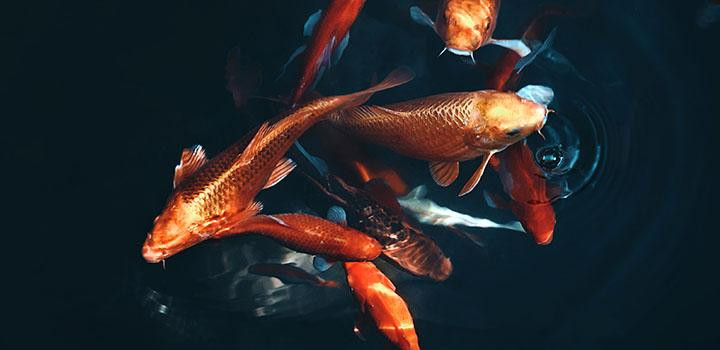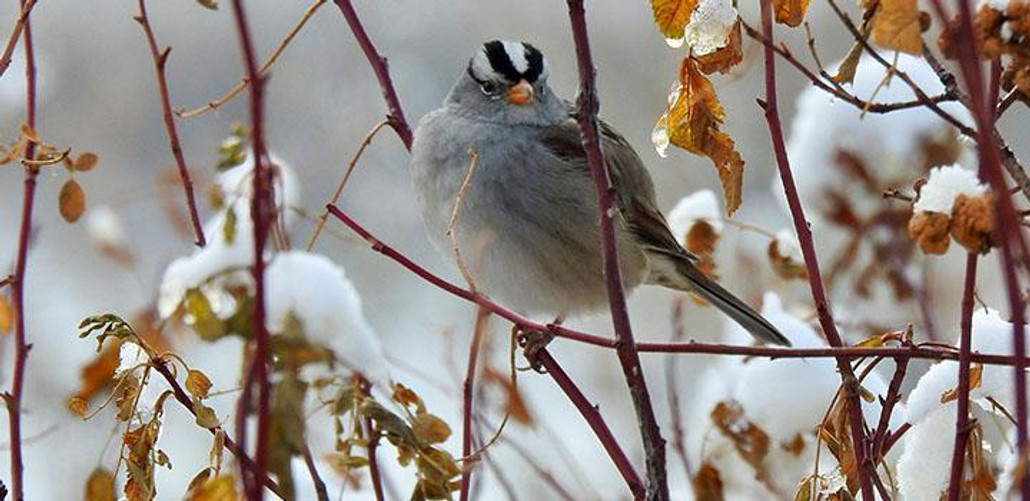Posted by Grange Co-op on 6th May 2015
Meeting other dogs at the dog park, visiting locations where other dogs have been, boarding your dog while you are away from home, or just having your dog exposed to this highly infectious bacteria can cause your dog to contract Bordetella, also known as kennel cough. This is a highly infectious bacterial disease of the upper respiratory system. If your pet is not vaccinated prior to being exposed they can exhibit a dry, hacking cough, runny n… Read more
Posted by Grange Co-op on 1st Apr 2015
A
pond just doesn't seem complete without a few fish cruising around beneath its surface. Not only do they look great, but they help reduce the insect population by feeding on the waterborne larvae of annoying insects like the mosquitoes and gnats. There are many ornamental fish suitable for a pond but the two most popular varieties are goldfish and Koi.
If you are stocking your pond, make sure you select your fish from a quality supplier… Read more
Posted by Grange Co-op on 3rd Mar 2015
Male: A stocky, bright yellow and black bird; has a yellow body, darker head with a bright yellow eyebrow; black and white wings. The conical bill is yellow in winter and pale green during summer.
Female: Similar to male, with softer colors, gray head and throat.
Immature: Same as female, but with a brown bill.Nesting:
Female builds a cup nest of lichens, twigs, roots and mosses lined with finer materials, place at the end of a tree bran… Read more
Posted by Grange Co-op on 27th Feb 2015
Male & Female: A 7 inch brown sparrow with a gray breast and a bold black and white striped crown. Pinkish to yellow bill and legs.
NESTING:
Nesting begins in May in the western half of Oregon. Female builds a cup nest placed on the ground or in a small tree or shrub. It is a bulky nest of grasses, twigs, plant stems, lined with finer grasses, hair, and feathers. Female incubates 3-5 russet marked pale blue or green eggs. Males take… Read more




